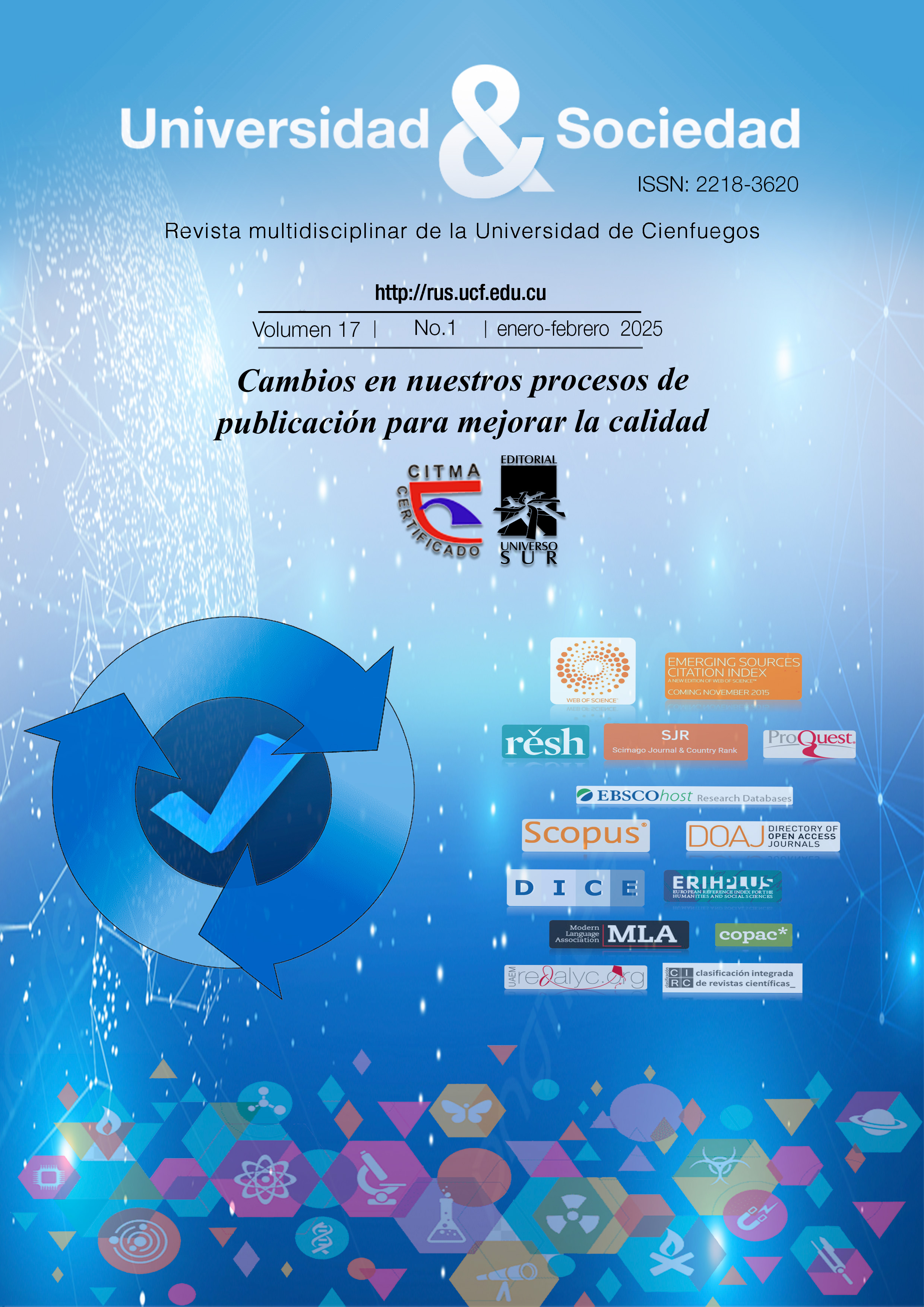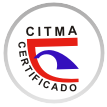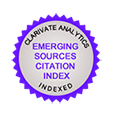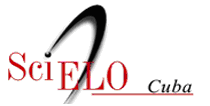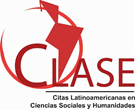Didactic strategy for the use of the Flipped Classroom Methodology in the subject Agrotechnology in technical high school
Keywords:
Teaching strategy, Flipped Classroom Methodology, Flipped Classroom, Agrotechnology SubjectAbstract
The Flipped Classroom methodology is characterized by the fact that the traditional teaching logic is inverted. The objective of the research was to develop a teaching strategy based on the use of the Flipped Classroom methodology in the Agrotechnology subject in Technical Baccalaureate. Research was developed with a quantitative approach, type of field, transversal; experimental and applied. Theoretical methods were used to construct the diagnostic instruments and develop the strategy. To collect the information, observation, documentary analysis, questionnaire, interview and survey were used. Statistical methods were processed with SPSS V25 software to determine Cronbach's Alpha, R squared, Wilcoxon Signed Rank test and Spearman's Correlation Coefficient. The average value of the increase in the variables was 1.93 and the Wilcoxon Signed Rank test demonstrated the existence of significant differences between the total means and each of the variables studied before and after. The correlations determined positive results, highlighting the contributions to academic performance and significant learning in the transformations carried out in Information and Communications Technologies, the use of practical examples and motivation.
Downloads
Published
How to Cite
Issue
Section
License
Copyright (c) 2025 Editorial "Universo Sur"

This work is licensed under a Creative Commons Attribution-NonCommercial-NoDerivatives 4.0 International License.
La editorial "Universo Sur", de la Universidad de Cienfuegos, publica el contenido de la Revista "Universidad y Sociedad" bajo una Licencia Creative Commons Atribución-NoComercial-SinDerivar 4.0 Internacional.
© Podrá reproducirse, de forma parcial o total, el contenido de esta publicación, siempre que se haga de forma literal y se mencione la fuente.
